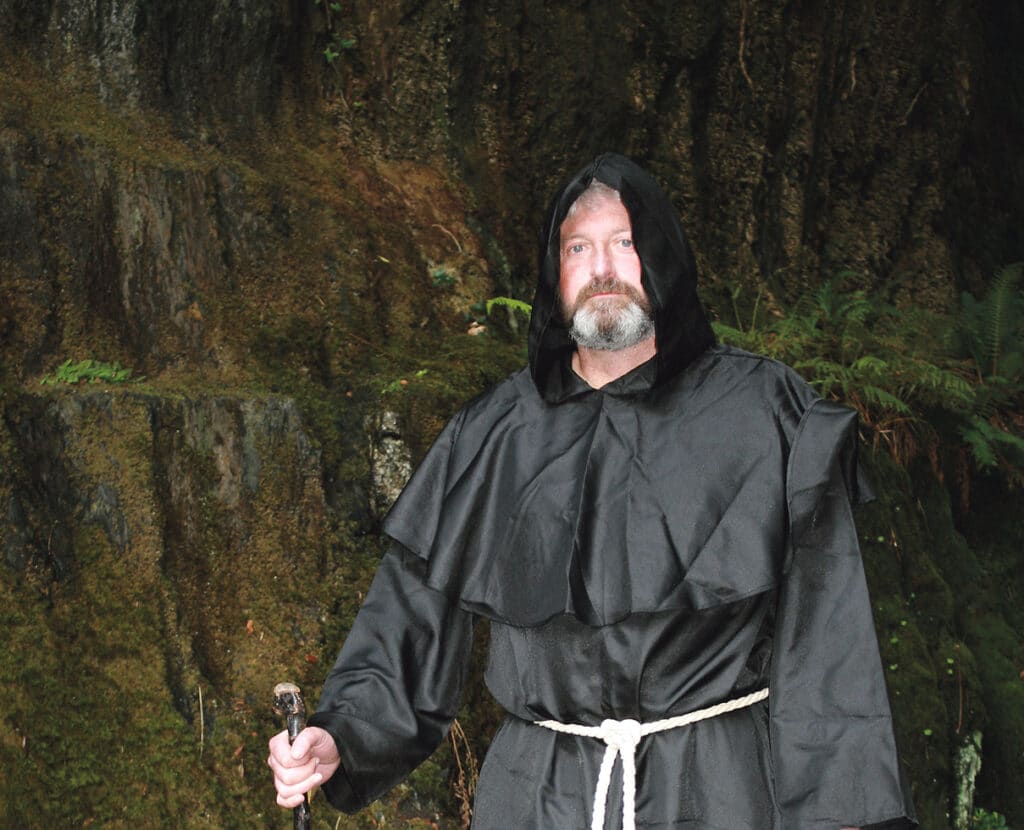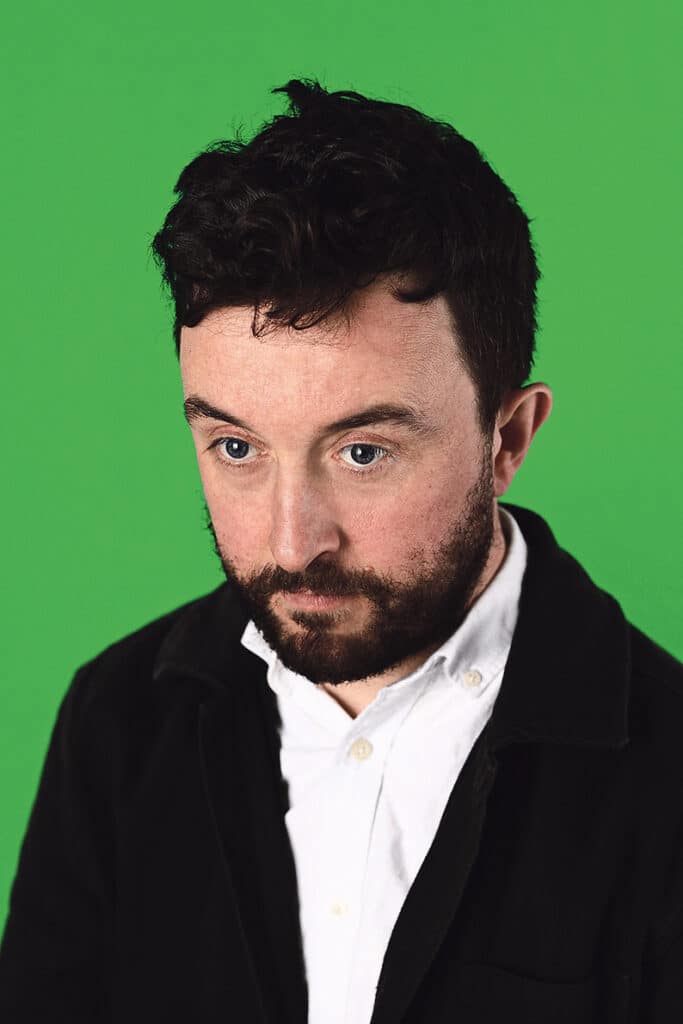As our society becomes more globalised and increased numbers of people look to connect with their Irish language, culture and heritage before it vanishes, small businesses such as eco-adventure company Gormú in West Cork are busy filling the niche. Gormú co-founder Conor Ó Buachalla tells Mary O’Brien how he was inspired during the pandemic to throw in the towel on his career as a sustainability consultant and set up a business that combined his passion for the outdoors with his great ‘grá of local history, folklore and placenames. The Castlehaven native with the talent for spinning stories has just come to the end of his second summer season of four daily tours, with nothing less than an impressive five star review.

From a dawn pilgrimage and swim, which brings you along a pilgrim’s path that’s 300 years older than the Camino to a clifftop walk along Toe Head, immersed in wildlife and stories; to the local placenames and folklore tours, both rich in history and the Irish language, Gormú offers something for everyone interested in experiencing Irish culture in a unique way.
Reared and schooled in Castlehaven, Conor says his father Dan Buckley, with his penchant for local stories and genealogy, and his primary school headmaster Malachy O’Sullivan, a great nature lover, both ingrained a deep love of local history and the environment in him. “At a time when the word biodiversity hadn’t been invented yet, in a small rural primary school, we knew the name of every plant that grew in the ditches because of Malachy,” he shares. “He was a great teacher who knew all the local stories and passed them on. From him we learned about people like Aodh Ruadh Ó Domhnaill’, the 16th-century Irish chieftain and hero, who was a key figure in the Nine Years’ War against English rule in Ireland. He departed from Castlehaven Strand to seek Spanish support.
“Over the years those stories stayed with me,” says Conor, who for the past year, with the help of the Castlehaven and Myross History Society has been digitising an old hand-drawn map of local placenames that Malachy collated in the 1960s. To date they have almost 1000 local placenames between Castlehaven and Myross digitised. ‘It’s incredible and a real labour of love,” shares Conor “with field names, road names, crossroads names and so on.”
As we settle into winter with the drawing in of the light, Conor has cut back the tours to two daily until the spring, with some other seasonal pop-up events planned, such as the upcoming ‘A Scare at Samhain’ taking place during the Leap Scarecrow Festival. The Samhain event has Séan na Gealaí as your guide on the walk up to Myross Wood House, where along the way you’ll meet the bean sí (banshee) and chat with the púca (trickster), cailleach (hag) and ollphéist (sea serpent) all characters in Irish history, along the way.
“Séan na Gealaí is a character in Irish folklore who double-crosses the devil,” shares Conor. ‘As a result he’s doomed to wander Ireland for the rest of his days and according to lore, when you do see him, it will be in the form of a light moving across your path! There were lots of these types of stories, pre-electricity, all across West Cork, with gases from bogs and other natural phenomenons contributing to their spread.”
All of Gormú’s tours are sprinkled with folklore, history and of course words ‘as gaeilge’. You’ll learn how according to Irish folklore the humble heather earned its colour of royalty from God when it volunteered to cover the mountains; or the ‘real’ story of how the milky way came into being when the ‘glas gaibhneach’, Ireland’s incredibly fertile cow travelled across the night sky with udders full of milk when making her way back from grazing at Myross to Mullaghmesha, north of Castledonovan; or the story of Simon, who collected the rent from the townland of Bawnlahan (Bán Leathan) up to Cork City, meeting his demise through the Ó Donnabháin Trá’s. It’s a colourful and fascinating tale that involves murders and a woman stripping off nearly naked before running all the way from Cork City to Myross and, of course, is where the local landmark ‘Simon’s Point’ originated.
Another interesting story, which is based on fact, tells the story of a Viking family by the name of Skiddy with connections to Castlehaven – there is an island in the harbour of Castlehaven called Skiddy Island. They settled in Cork Harbour and bred cats, which they killed for their pelts. “Most of the papers I had read on it could only speculate as to the reasons behind this enterprise,” says Conor “until a Swedish professor came on one of my tours last summer and explained that in Viking culture, the cat pelt is seen as a magical cure for ailments!”
As well as getting immersed in the rich tradition of Irish storytelling, you’ll pick up Irish phrases like ‘fuarchúis’, a favourite of Conor’s, that has no English equivalent but translates to ‘steely courage’, often used in times past when things went wrong; or ‘éirí in airde’ a handy phrase to have in your pocket for when someone is having notions or being high and mighty; or one that’s still in use a lot, ‘flaithiúlach’, used to describe a person who is overly generous.
Conor’s stories, enthusiastically told in the way of the seanachaí, are gleaned from sources such as the Irish Folklore and the Schools’ Collections, as well as from talking to people locally. Each and every one gives a fascinating glimpse into the ways and traditions of old Ireland with local lore weaved throughout.
“There’s a real sense of being in the moment or place as the story connects you to the land,’ he shares.
For more information or to book a tour or the upcoming A Scare at Samhain event go to www.gormu.com or call Conor on 083 0153545



